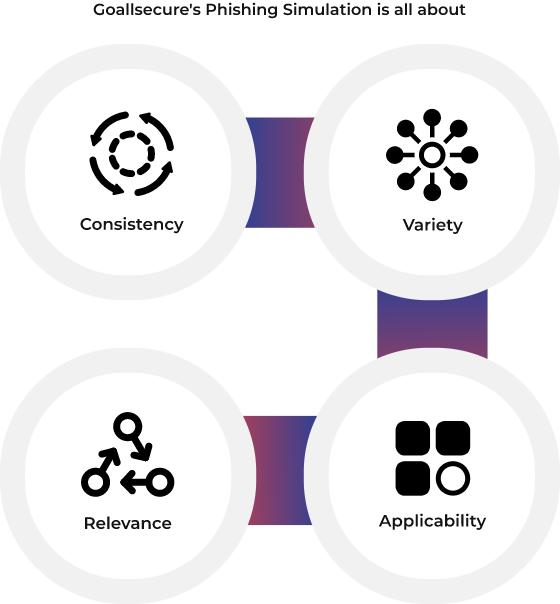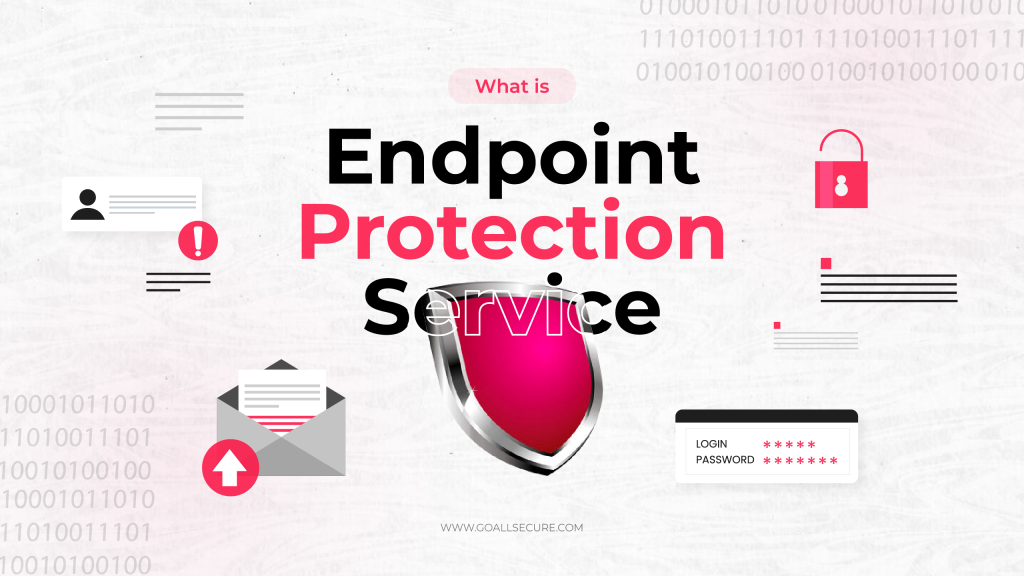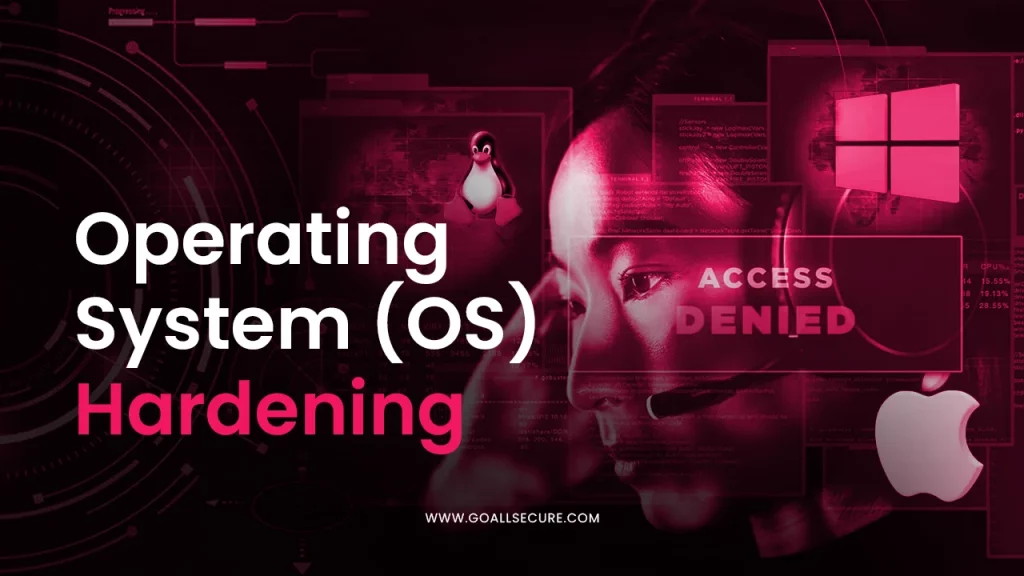Phishing Simulation
(Social Engineering)
Prepare your Team to Recognise and Report Phishing Threats
Phishing is a social engineering attack that tries to take advantage of the gullibility and/or naivety of innocent employees. The lure of a phishing attempt frequently takes the form of an alluring email. Attackers often go to great lengths to make their emails look as authentic as possible. This makes it impossible for untrained employees to recognise the treat. The majority of the time, these emails trick their victims into opening a fake website controlled by the attacker that distributes malware or steals user credentials.
Phishing simulations are used as a tool to assess and educate staff members on cyber security awareness. It enables organisations to simulate the most sophisticated phishing attacks that have ever been carried out in the real world and prepares their staff for the phishing techniques that hackers find most persuasive, such as emails that ask for sensitive information like passwords, credit card numbers, or other private information.
Phishing simulators’ major objectives are to find employee awareness gaps, evaluate the success of the present training initiatives, and enhance overall organisational security.
Real-life Phishing Exercises for Enhanced Employee Cyber Awareness
How Important Is Phishing
Simulation?
A security awareness training programme gets improved by phishing simulations, which show staff members how to recognise and avoid phishing attacks in a secure setting. Simulations work best when they incorporate potential user-experienced real-world cyber threats. Your entire staff will always have access to the most recent knowledge if you incorporate the most recent phishing risks into your security awareness training programme.
Benefits of Phishing Simulation Testing
- Identifies the risks posed
- Reveals your information footprint
- Evaluates defences
- Raises cyber awareness
- Enhances security training

Incorporate Phishing Simulation Testing in Your Employee Training

How Does a Phishing Simulation Work?
Phishing simulations reflect actual phishing attack tactics that employees may encounter. For example, bank alerts, internal corporate communications, tax-related phishing attacks, and emails with delivery notices. Employees who participate in a simulated phishing attack will receive messages/emails that closely resemble those they may encounter in a genuine phishing attempt, but any errors or inaction will have no bearing on your company because, in this case, the simulated phishing emails do not include malware.
However, the simulated phishing emails will be able to monitor and record the behaviours and answers of your staff, and this will let you know how successful the training was and which security awareness gaps still need to be filled.
During the course of the training, if an employee clicks a link, opens an attachment, or inputs information on a counterfeit website because they were unable to recognise a fake phishing email, GoAllSecure automatically sends training materials designed for that particular situation to them. This helps teach the employee how to spot suspicious emails and prevent future phishing assaults from harming your company.

















 TRAVEL & HOSPITALITY
TRAVEL & HOSPITALITY HEALTHCARE
HEALTHCARE RETAILS & ECOMMERCE
RETAILS & ECOMMERCE BANKING & FINANCIAL
BANKING & FINANCIAL AutoMobile
AutoMobile MANUFACTURING
MANUFACTURING FOOD
FOOD EDUCATION
EDUCATION



Phishing simulations help you understand how susceptible your employees are to fall foul of social engineering scams, such as spear phishing or business email compromise attacks.